Journey Through Beijing's Historic Heart
Join us for a captivating free walking tour through Beijing's iconic landmarks, where history and culture come alive at every step.
Time
3 Hours
Stops
9 Places
Distance
11.4 km
Tiananmen Square
Begin your tour at Tiananmen Square, the heart of Beijing and one of the largest public squares in the world, known for its monumental significance in Chinese history.
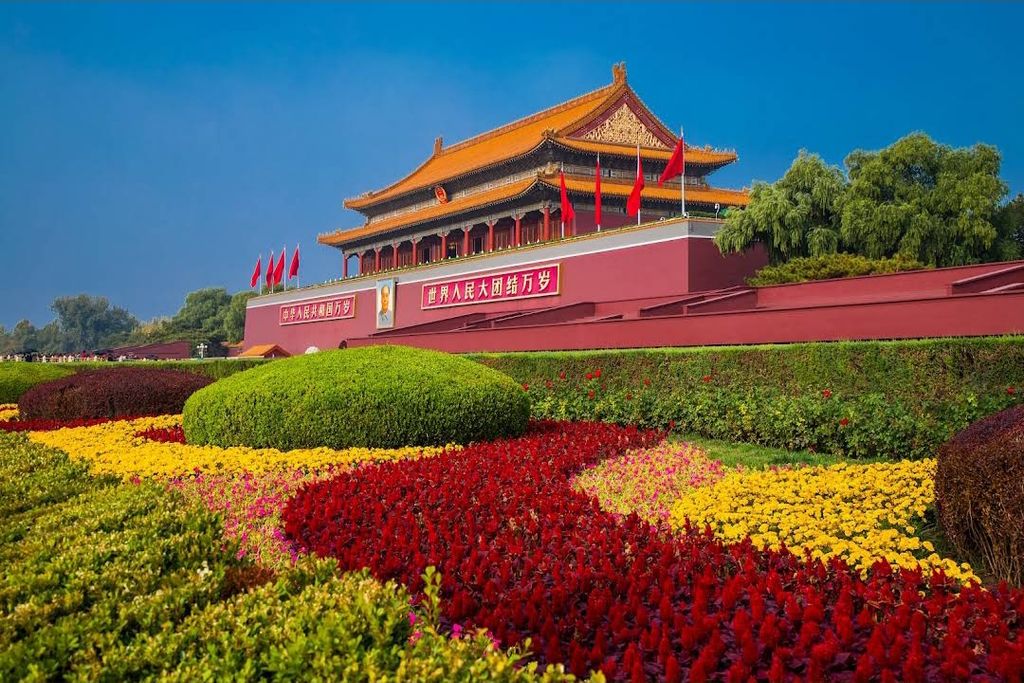
Tiananmen Square (Source: Google Maps)
Tiananmen Square is a monumental public space that has played a pivotal role in Chinese history. Spanning over 44 hectares, it is the largest city square in the world. The square is flanked by significant structures including the Tiananmen Gate, which features a portrait of Chairman Mao Zedong, and the National Museum of China, showcasing thousands of years of Chinese history. The square has been the site of many historical events, including the May Fourth Movement in 1919 and the pro-democracy protests in 1989. Its vast expanse allows for national ceremonies and gatherings, making it a symbol of the People's Republic of China.
The Forbidden City (Palace Museum)
Just a short walk from Tiananmen Square, the Forbidden City served as the imperial palace for 24 emperors of the Ming and Qing Dynasties and is a stunning example of traditional Chinese palatial architecture.
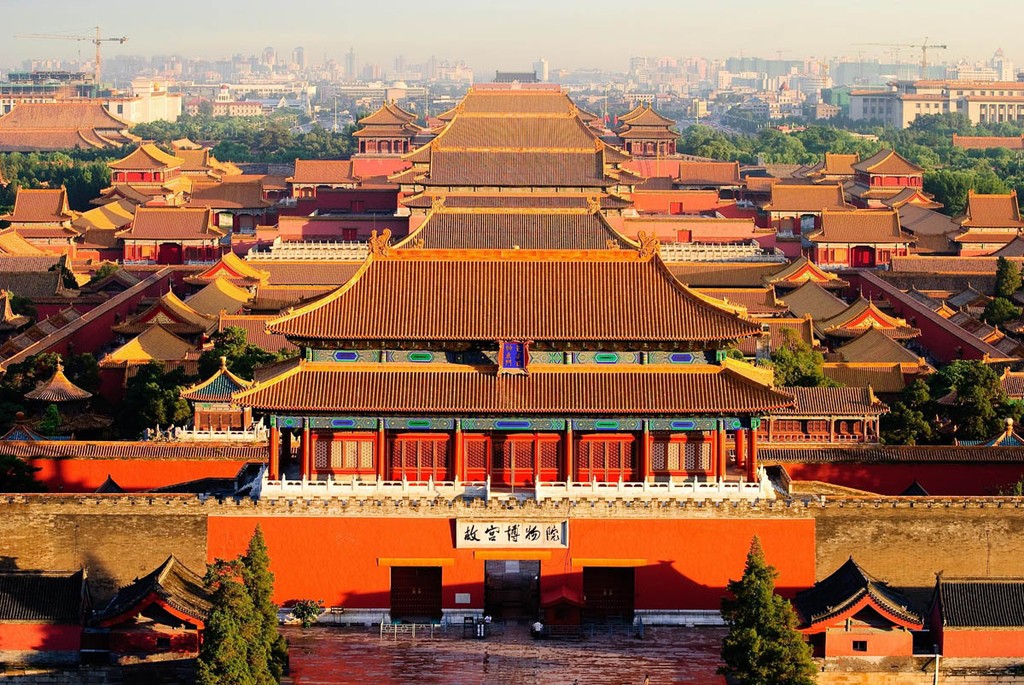
The Forbidden City (Palace Museum) (Source: Google Maps)
The Forbidden City, a UNESCO World Heritage Site, served as the imperial palace for 24 emperors during the Ming and Qing Dynasties. This sprawling complex consists of over 980 buildings and covers 180 acres, representing the pinnacle of traditional Chinese palatial architecture. It features exquisite craftsmanship, with intricate woodwork and vibrant colors. The layout follows the principles of feng shui, designed to symbolize the emperor's supremacy and the universe's harmony. The Forbidden City's cultural significance extends beyond its architecture; it is a treasure trove of artworks and artifacts, offering profound insights into China's imperial history.
Jingshan Park
Head north to Jingshan Park, where you can climb Coal Hill for a panoramic view of the Forbidden City and central Beijing.
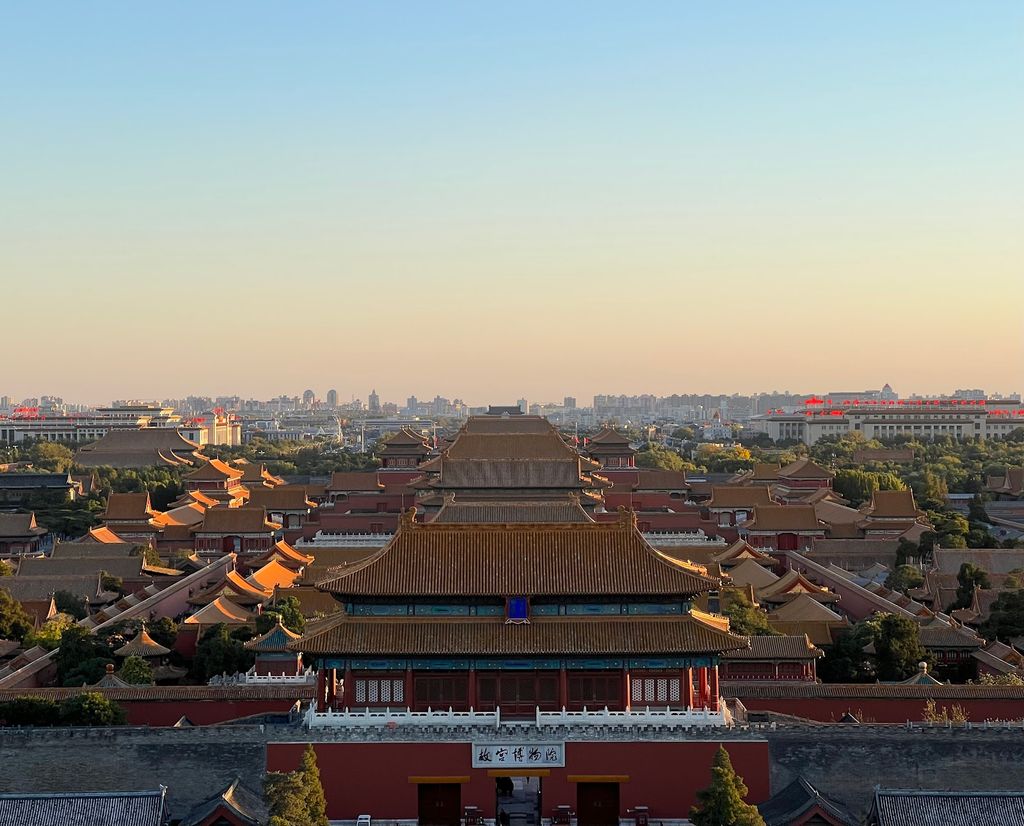
Jingshan Park (Source: Google Maps)
Jingshan Park, located directly north of the Forbidden City, is a historic imperial garden that offers one of the best panoramic views of Beijing. The park was originally part of the imperial palace grounds and features Coal Hill, which was formed from the earth excavated during the construction of the Forbidden City. Visitors can climb to the top of the hill, where they are rewarded with stunning vistas of the Forbidden City and the surrounding cityscape. The park is also home to ancient cypress trees, some over a thousand years old, and several pavilions that provide quiet spaces for reflection, making it a serene escape from the bustling city.
Beihai Park
Continue your journey to Beihai Park, one of the oldest and most well-preserved imperial gardens in China, featuring beautiful lakes and historic structures.
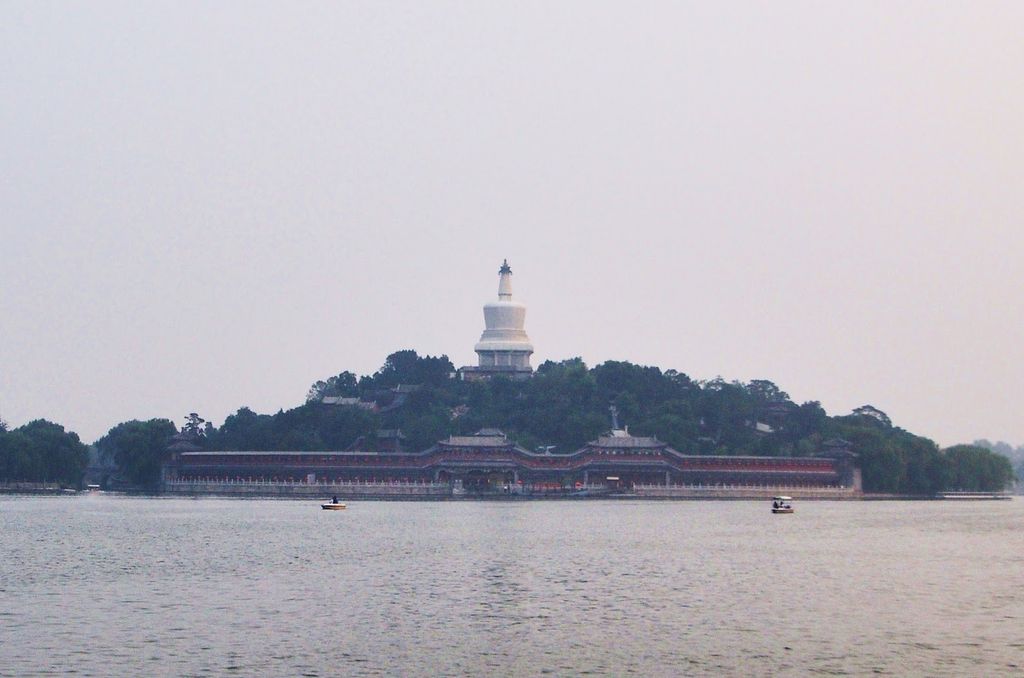
Beihai Park (Source: Google Maps)
Beihai Park is one of the oldest and most well-preserved imperial gardens in China, dating back to the 11th century. The park features a large lake, lush greenery, and historical structures, including the White Pagoda, which stands on an island in the center of the lake. This picturesque garden was once a retreat for emperors, offering a place for leisure and reflection. Beihai Park is renowned for its stunning landscapes, traditional architecture, and cultural significance, as it has been a site for many historical events and gatherings. The park's tranquil atmosphere and scenic views make it a popular destination for both locals and tourists.
Prince Gong's Mansion
Explore Prince Gong's Mansion, a well-preserved Qing Dynasty residence and one of the largest and most ornate princely mansions in Beijing.
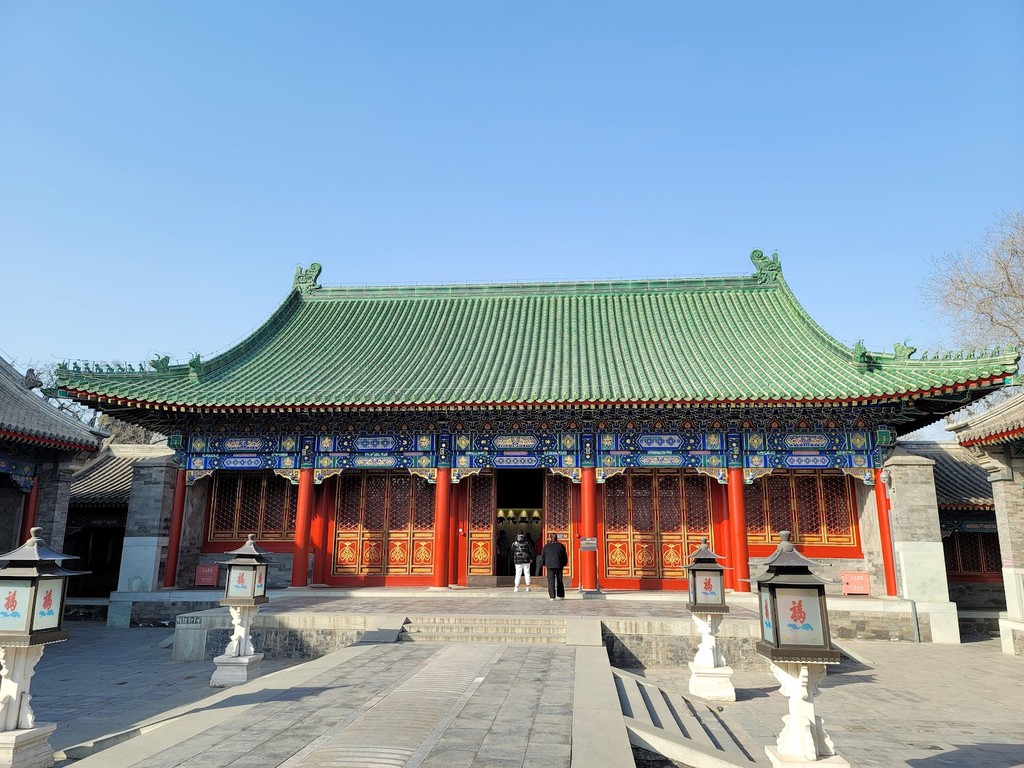
Prince Gong's Mansion (Source: Google Maps)
Prince Gong's Mansion is a remarkable example of Qing Dynasty architecture and one of the largest princely residences in Beijing. Originally built in the 18th century, it was home to Prince Gong, a prominent royal figure. The mansion combines traditional Chinese architectural styles with elegant gardens, showcasing intricate carvings and beautiful courtyards. The layout reflects the hierarchical structure of traditional Chinese society, with various buildings serving specific functions. The mansion is not only a cultural relic but also offers insights into the lives of the Qing nobility. Today, it serves as a museum, allowing visitors to explore its rich history and artistic heritage.
Shichahai Lakes
Walk over to the Shichahai Lakes area, known for its scenic views and traditional hutong alleyways, offering a glimpse into Beijing's past.
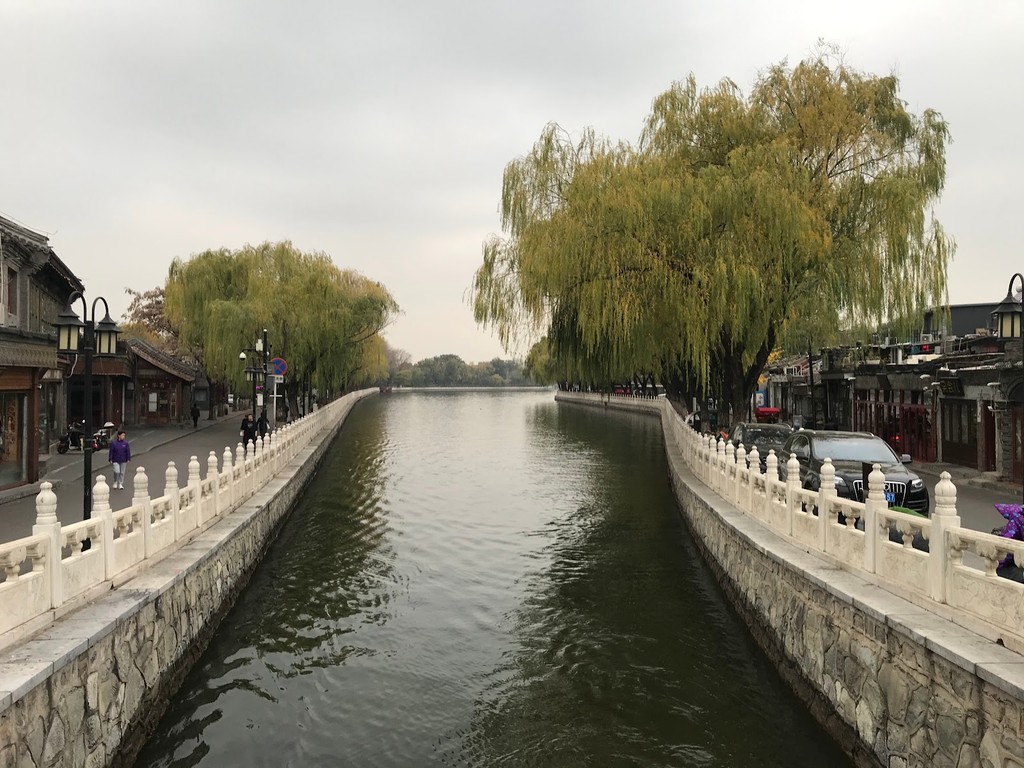
Shichahai Lakes (Source: Google Maps)
The Shichahai Lakes area is a scenic spot in Beijing, known for its beautiful lakes and traditional hutong alleyways. This historical area was once a royal retreat and has retained its charm over the centuries. The lakes are surrounded by willow trees and traditional courtyard homes, providing a glimpse into Beijing's past. Visitors can enjoy leisurely walks along the waterfront, explore local shops, and experience the vibrant atmosphere of the neighborhood. The area is also famous for its nightlife, with numerous bars and restaurants offering a blend of traditional and modern experiences. Shichahai is a perfect place to relax and soak in the local culture.
The Bell and Drum Towers
Visit the Bell and Drum Towers, which were used for timekeeping in ancient Beijing and offer a fascinating insight into the city's history and traditions.
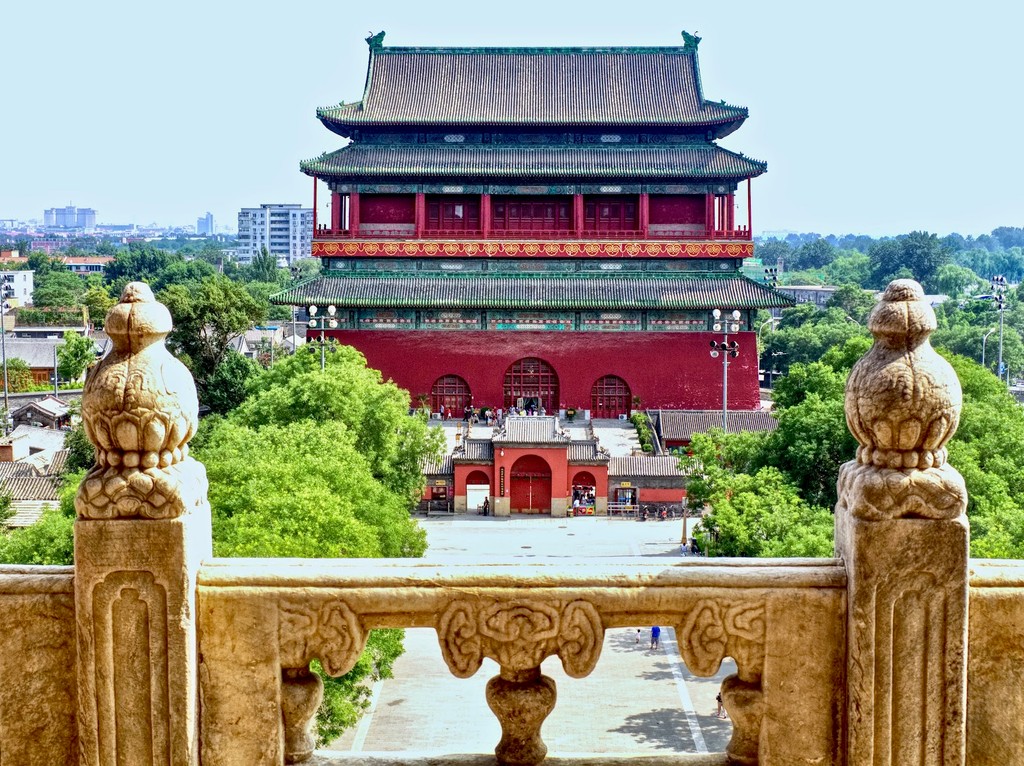
The Bell and Drum Towers (Source: Google Maps)
The Bell and Drum Towers are iconic landmarks in Beijing that date back to the 15th century. These twin structures were used for timekeeping and signaling in ancient Beijing, marking the hours for the city's residents. The Bell Tower houses a large bronze bell that was struck to announce the time, while the Drum Tower features a collection of drums that were played to signify the time of day. Architecturally, both towers are impressive, showcasing traditional Chinese design elements such as wooden beams and intricate carvings. Today, they serve as museums, offering insights into the history of timekeeping in Beijing and the city's cultural heritage.
Nanluoguxiang
Head to Nanluoguxiang, a vibrant historic alley filled with boutique shops, cafes, and a lively atmosphere, showcasing a blend of old Beijing charm and modern culture.
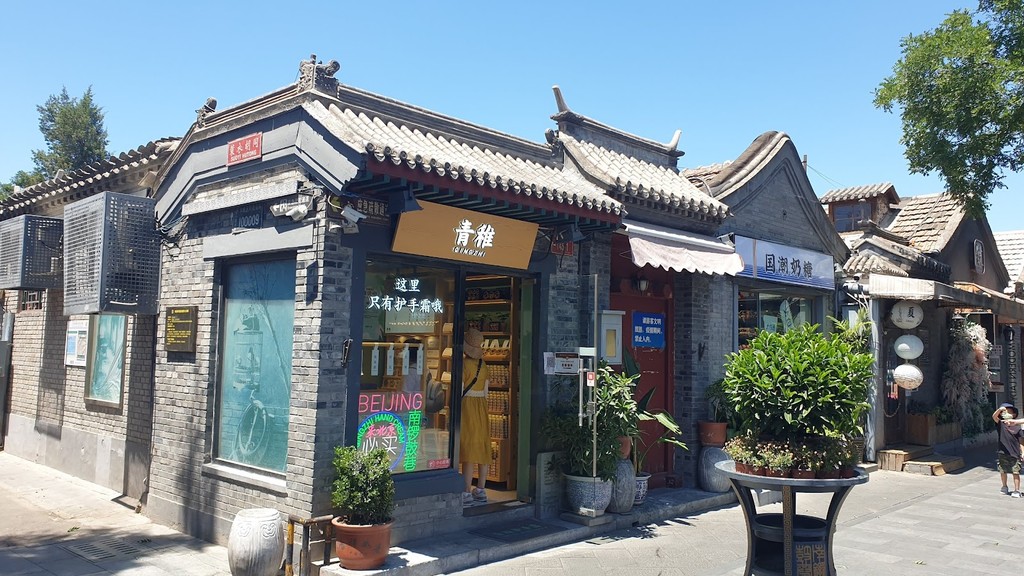
Nanluoguxiang (Source: Google Maps)
Nanluoguxiang is a vibrant and historic alley in Beijing, known for its unique blend of ancient charm and modern culture. This narrow street, lined with traditional courtyard homes, has been transformed into a bustling hub of boutique shops, cafes, and restaurants. Visitors can explore the lively atmosphere, sample local delicacies, and shop for handmade crafts. The alleyway is a testament to Beijing's rich history, with many buildings dating back to the Yuan Dynasty. Nanluoguxiang is a popular destination for both locals and tourists, offering a glimpse into the city's past while embracing contemporary culture.
Confucius Temple and Imperial College Museum
Conclude your tour at the Confucius Temple and Imperial College Museum, a serene complex dedicated to the great Chinese philosopher and a center of learning during the Yuan, Ming, and Qing Dynasties.
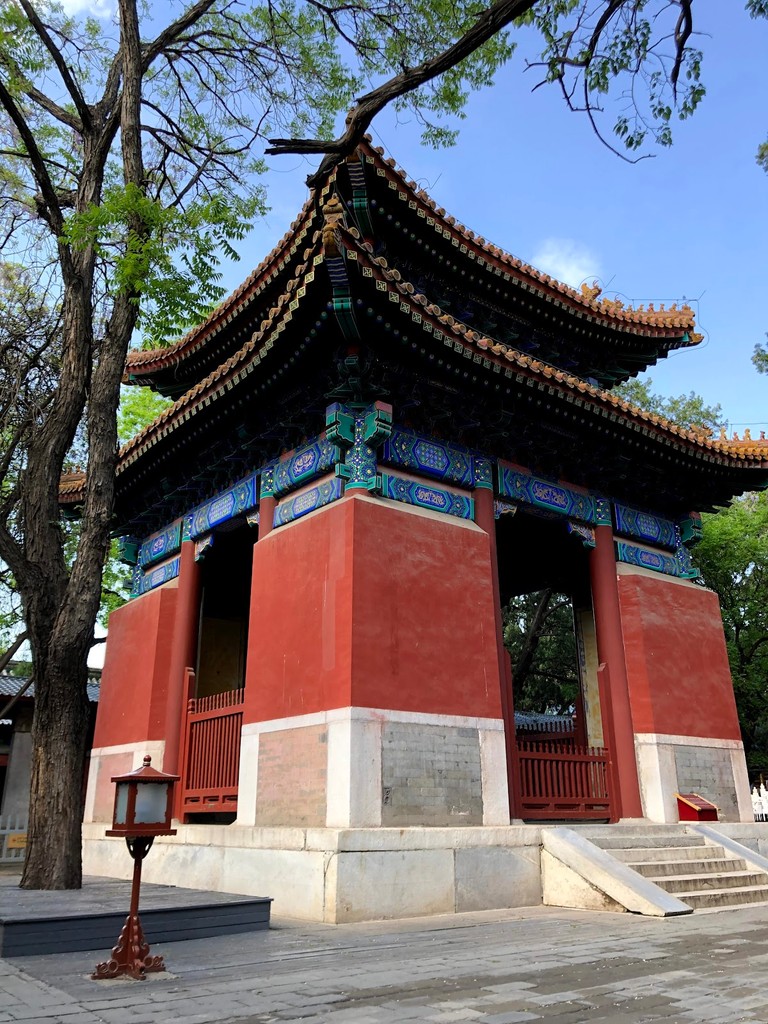
Confucius Temple and Imperial College Museum (Source: Google Maps)
The Confucius Temple and Imperial College Museum is a serene complex dedicated to the great philosopher Confucius and the education of scholars during the Yuan, Ming, and Qing Dynasties. The temple is one of the largest and most important of its kind in China, featuring stunning architecture and beautiful courtyards. It served as a place of worship for Confucius and a center for learning, where scholars would pay homage to the philosopher. The adjacent Imperial College Museum showcases artifacts related to the history of education in China, including examination papers and educational tools. This complex is a vital part of Beijing's cultural heritage, emphasizing the importance of education and philosophy in Chinese society.

Your travels, your rules.
Create your own Free Walking Tours.
Set your preferences, distances and anything you want to do or see.
Completely free, no payment required.